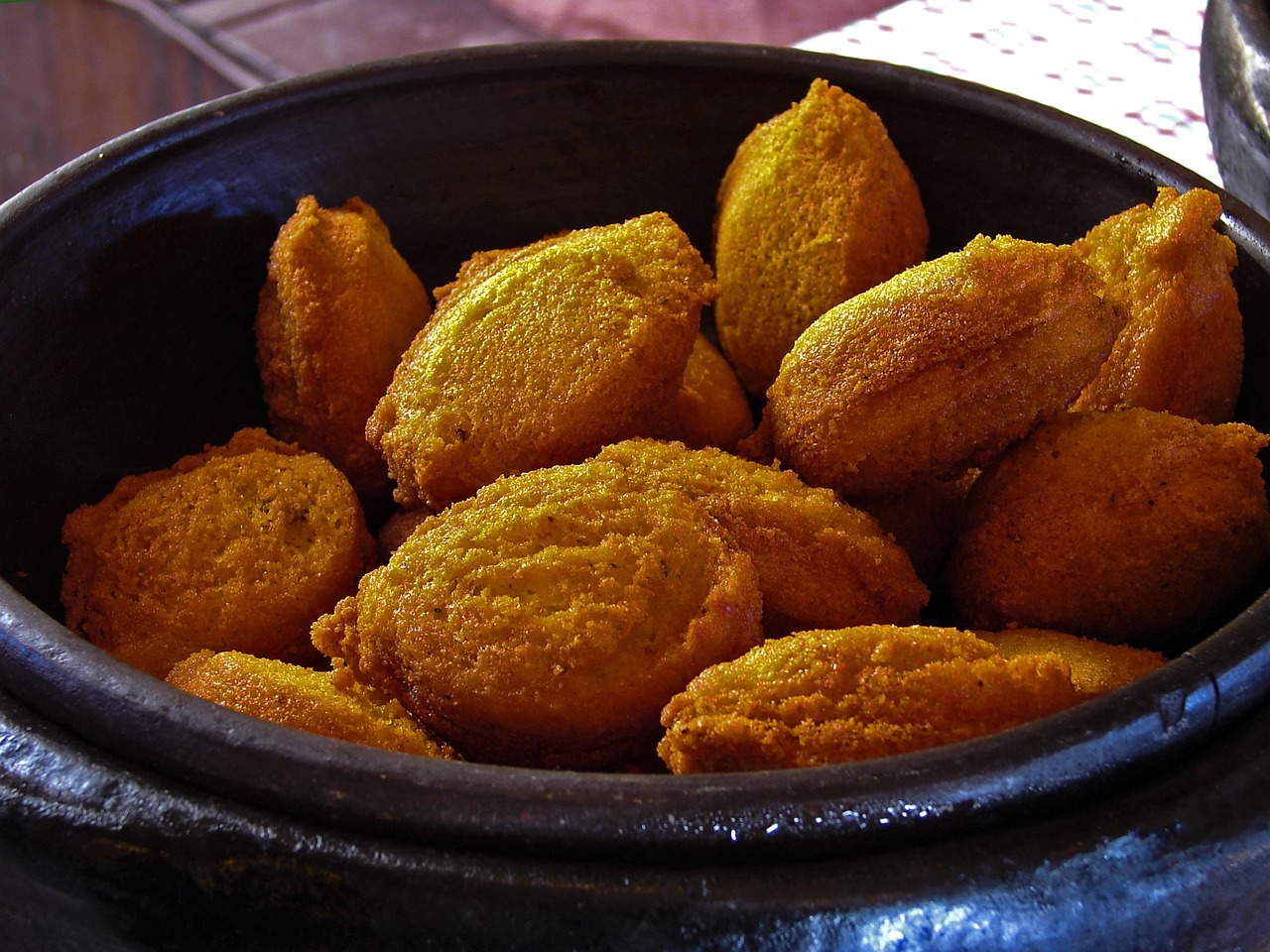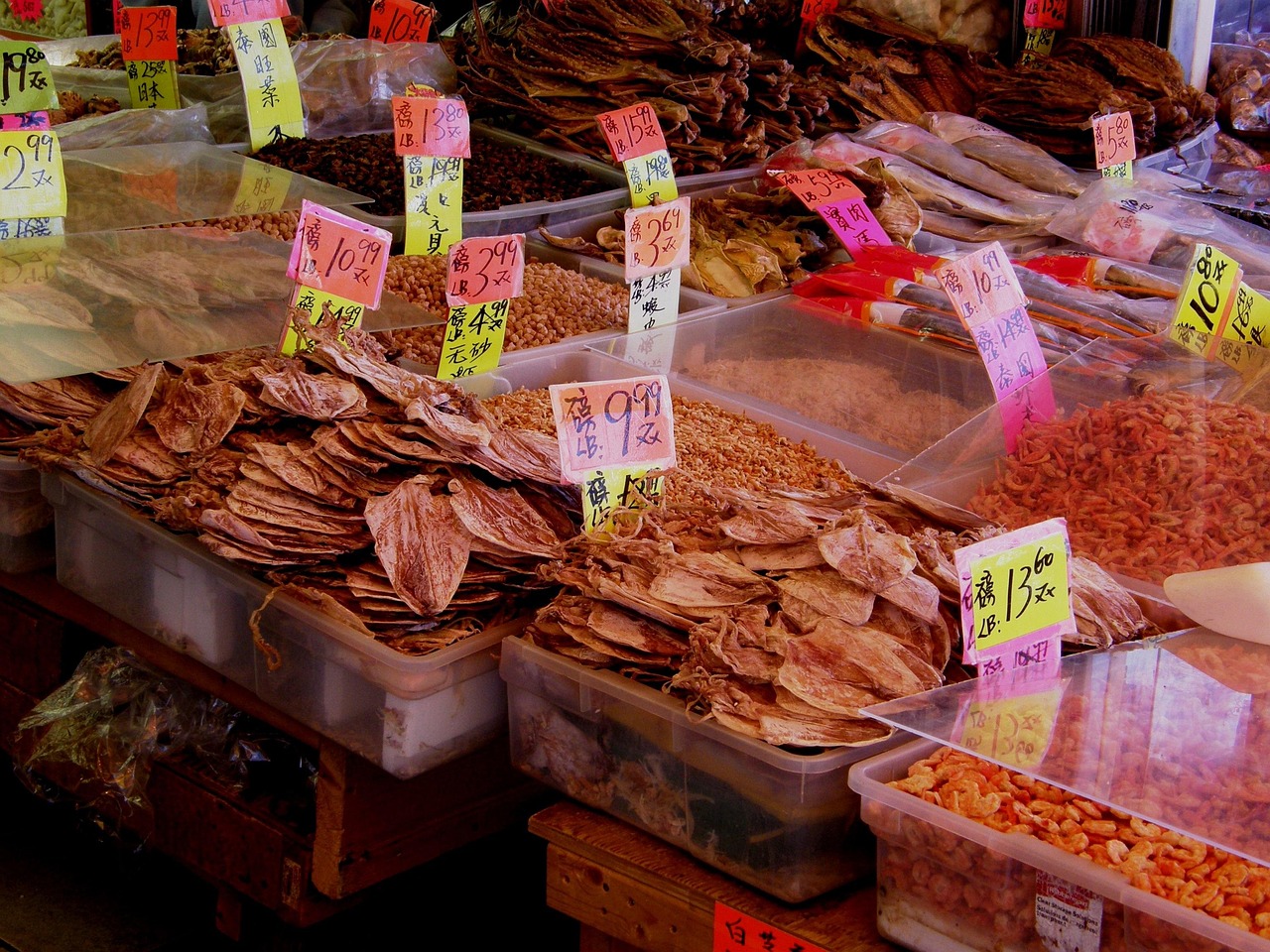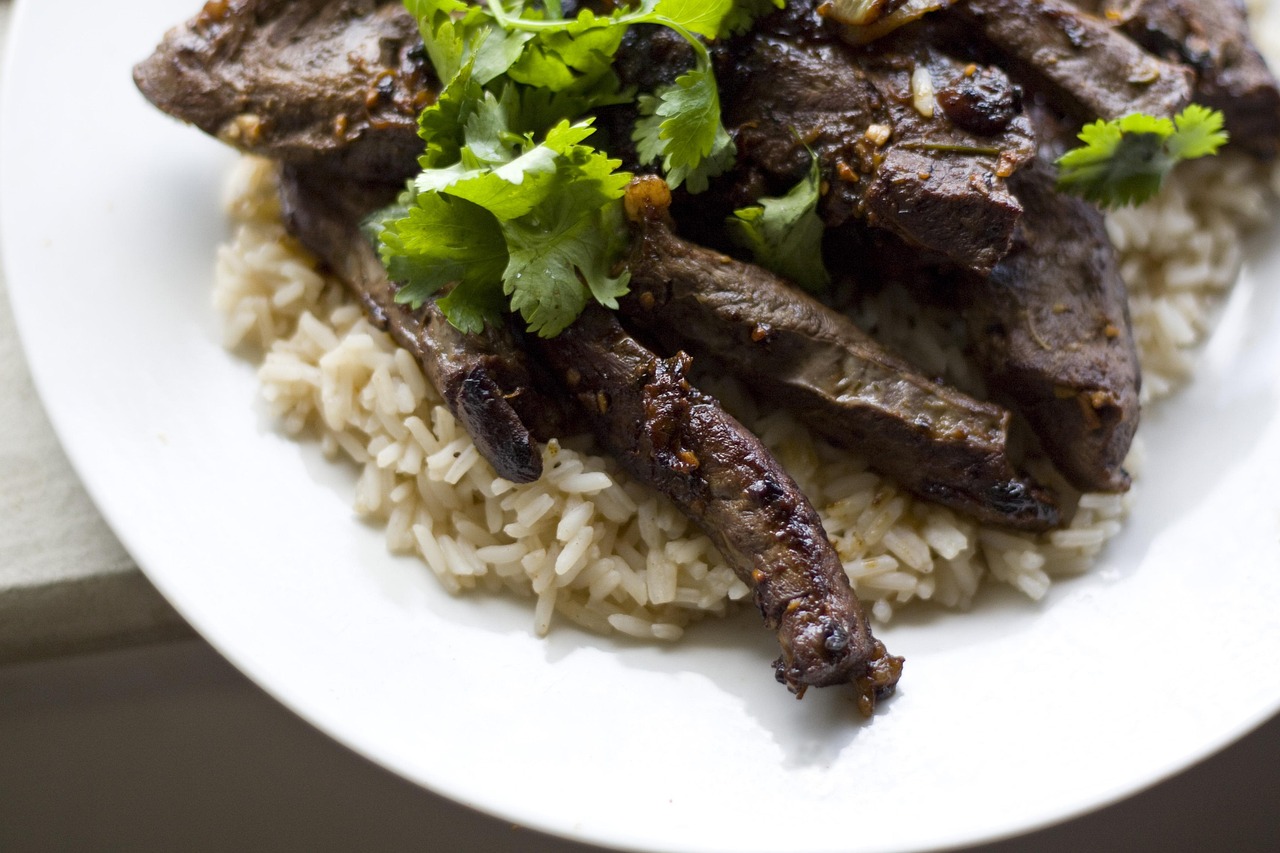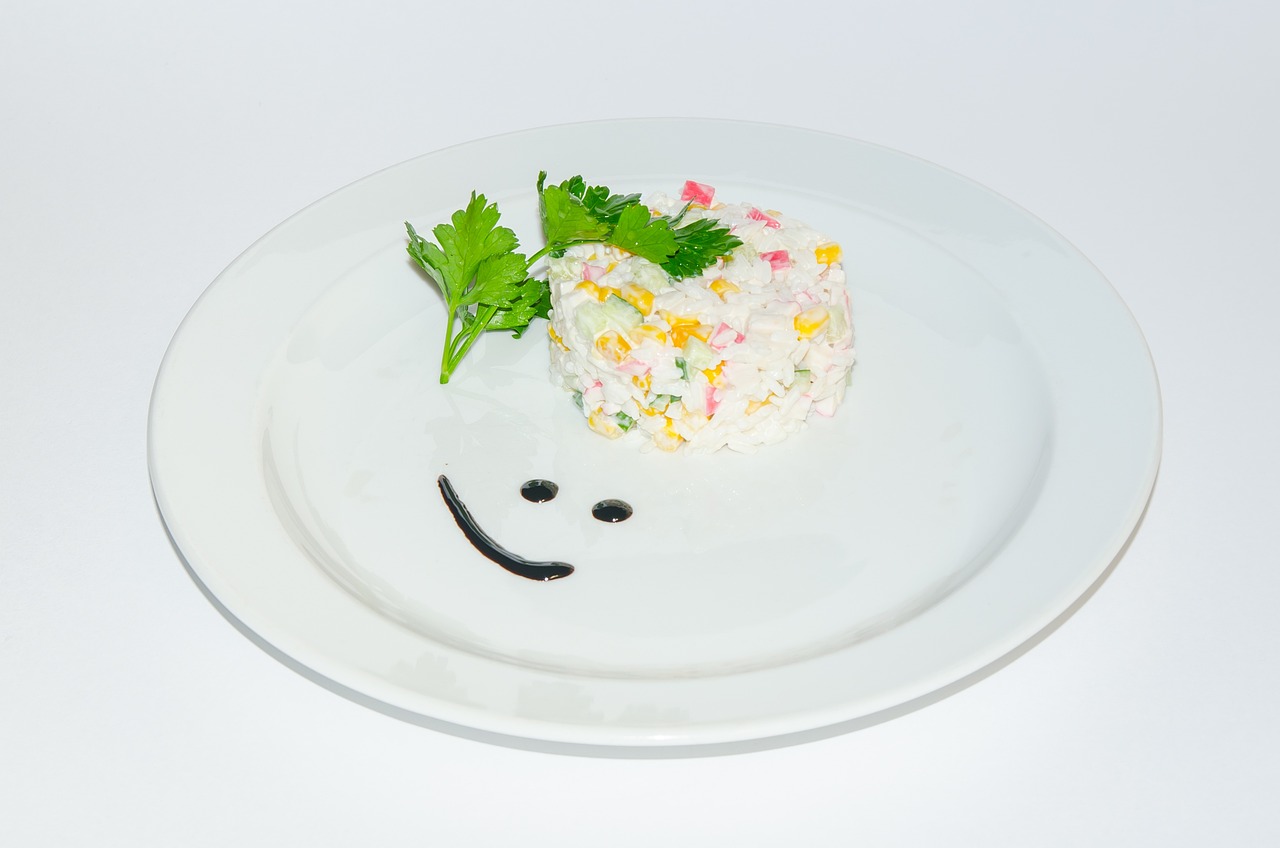Exploring the Rich Tapestry of Global Cuisine:An Introduction to International Food Cultures
Introduction
Food is not just sustenance; it is a cultural expression that reflects the history, geography, and traditions of a society. Every cuisine tells a story, and in this article, we will delve into the diverse world of international food cultures, exploring the flavors, ingredients, and culinary techniques that make each one unique. From the spicy kick of Sichuan cuisine to the delicate balance of Japanese sushi, we will journey through the continents to appreciate the art of cooking and the joy of eating.
The Mediterranean: A Symphony of Flavors
The Mediterranean diet, often hailed for its health benefits, is a culinary tradition shared by countries bordering the Mediterranean Sea. This region, which includes Italy, Greece, Spain, and France, is known for its use of fresh, locally sourced ingredients such as olive oil, fresh fruits and vegetables, and seafood. The cuisine is characterized by a balance of flavors, with an emphasis on simplicity and the natural goodness of the ingredients. Dishes like paella from Spain, moussaka from Greece, and bruschetta from Italy showcase the region's love for hearty, flavorful meals that are as pleasing to the palate as they are to the eye.
East Asia: The Art of Balance
East Asian cuisine, particularly from countries like China, Japan, and Korea, is renowned for its delicate balance of flavors and its emphasis on presentation. In Chinese cuisine, the use of umami-rich ingredients like soy sauce and fermented bean paste is prevalent, and dishes like Peking duck and hot pot are enjoyed for their complex flavors and communal dining experience. Japanese cuisine, on the other hand, is known for its minimalist approach, with sushi and sashimi being prime examples of how less is often more. The art of kaiseki, a multi-course dining experience, highlights the seasonal ingredients and the precision of Japanese culinary techniques. Korean cuisine, with its spicy gochujang-based dishes and the beloved kimchi, offers a bold and vibrant taste that is both comforting and invigorating.
South Asia: A Melting Pot of Spices
The cuisine of South Asia, including India, Pakistan, and Bangladesh, is a testament to the region's rich history of trade and cultural exchange. Known for its bold and aromatic spices, South Asian cuisine is a sensory explosion. Indian cuisine, with its myriad of regional dishes, is perhaps the most diverse, ranging from the creamy curries of the north to the spicy seafood dishes of the south. The use of spices like turmeric, cumin, and coriander is not just for flavor but also for their medicinal properties. Pakistani and Bangladeshi cuisines also share similarities with Indian food but have their unique dishes like biryani and hilsa fish curry, respectively.
The Americas: A Blend of Indigenous and Influenced
The cuisine of the Americas is a blend of indigenous ingredients and culinary influences from Europe, Africa, and Asia. Mexican cuisine, with its use of corn, beans, and chili peppers, is a staple in many households. Dishes like tacos and enchiladas are enjoyed for their hearty fillings and the vibrant flavors of the sauces. In the United States, the melting pot of cultures has led to a diverse food scene, with regional specialties like Southern barbecue, New England clam chowder, and California's fusion cuisine. South American cuisine, influenced by Spanish and Portuguese colonization, offers dishes like Argentine asado and Brazilian feijoada, which are celebrations of meat and beans, respectively.
Africa: A Taste of Rich Traditions
African cuisine is as diverse as the continent itself, with each region having its unique flavors and cooking techniques. West African cuisine, with its peanut-based stews and the use of spices like ginger and melegueta pepper, offers a rich and hearty dining experience. North African cuisine, particularly Moroccan, is known for its tagines, slow-cooked stews that are fragrant with spices like cumin and cinnamon. East African cuisine, with its Swahili influence, features dishes like ugali (a cornmeal porridge) and nyama choma (grilled meat), while Southern African cuisine is known for its braai (barbecue) and the use of indigenous ingredients like Amarula fruit.
Middle East: Aromatic and Exotic
The Middle Eastern cuisine is a tapestry of flavors, with an emphasis on aromatic spices and the use of rice and bread as staple ingredients. Dishes like hummus, falafel, and shawarma are enjoyed worldwide for their unique combination of textures and flavors. The region's love for spices like saffron, sumac, and za'atar adds a depth of flavor that is both comforting and exotic. The Middle Eastern mezze, a selection of small dishes meant for sharing, is a testament to the region's hospitality and the joy of communal dining.
Conclusion
As we travel through the culinary landscapes of the world, we are reminded that food is more than just a necessity; it is a bridge that connects us to our past, our culture, and our global community. Each cuisine is a story waiting to be told, a history waiting to be explored, and a flavor waiting to be savored. So, the next time you sit down to a meal, take a moment to appreciate the journey that the food has taken to reach your plate, and the rich tapestry of cultures that have contributed to its creation. Bon appétit!











